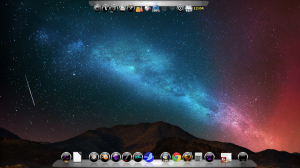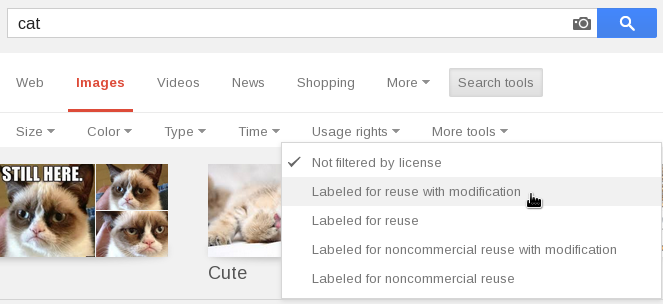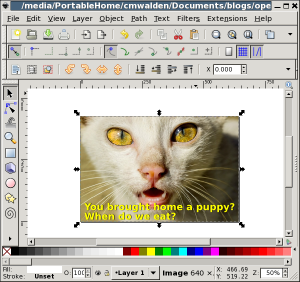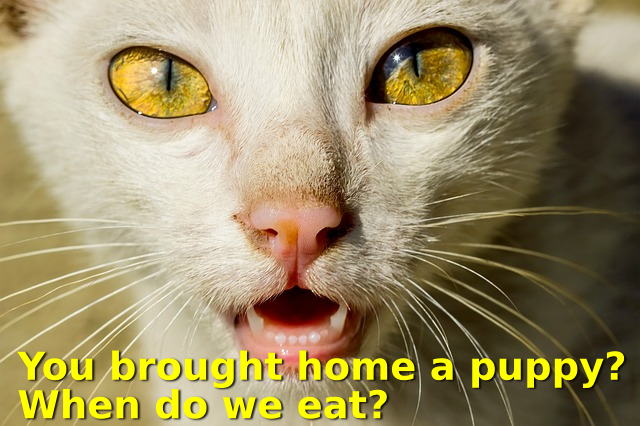The other day I read the riotous article that George Takei posted about the Rainbow Cake discussion. If you haven’t read it, it’s worth your time.
That, and some personal situations—past, present and likely future—got me to thinking about the nature of trolling and our responsibilities. I have decided that trolls are not an endangered species and that we are fully within our rights to treat them as vermin. In other words, we not only shouldn’t feed them but we are fully within our rights to pull them out of a conversation and clean up the mess they left.
For those who are not fully buzzword compliant:
troll2
/trōl/
verb
verb: troll; 3rd person present: trolls; past tense: trolled; past participle: trolled; gerund or present participle: trolling
-
informal
make a deliberately offensive or provocative online posting with the aim of upsetting someone or eliciting an angry response from them.
“if people are obviously trolling then I’ll delete your posts and do my best to ban you”
Some people troll deliberately because they think it’s fun to watch the dominoes fall. Some people are just fixated on certain things and can’t help transforming any conversation into a rant about it. (Think of the person you know that will turn your story about a flat tire this morning into a conversation about how George W. Bush or Barack Obama have destroyed the country.) In either case, what you have is a sort of crazy person who is changing your conversation to be all about them.
At a dinner table people can exert a sort of uncomfortable silence that will turn the tide of this sort of conversation…usually with a comment about the weather. In Internet conversation it just spirals out of control… like rats in your house. So… I’ve made some decisions about trolling and I thought I would share them with others who may be overwhelmed with good intentions and suffering needlessly for it. You may agree or disagree with my choices. It really doesn’t matter to me.
This is your conversation
If you are in a forum or something that has guidelines about participation you may have to allow these sorts of ravings. If this is your own blog, Facebook post or what have you you do not. Somewhere someone has created the idea that because it’s social media that you have to accept the equivalent of people screaming obscenities in your face. This is not true. If someone is taking a conversation about your cake recipe and turning it into some sort of childish, mud-slinging conversation about religion, or politics, or whatever, you don’t have to put up with it.
Now, there are situations where you might need to be open to honest critical discussion, and not all uncomfortable conversation is bad, but that’s up to you. It’s your party. It’s your living room. It’s your feed. If you don’t like stuff that’s in there you are completely within your rights to manage that stuff.
You get to clean house
All threads have delete buttons next to the comments. You own that thread. If someone is messing things up there is nothing wrong with deleting their comment. You are not stepping on their free speech rights. You are not oppressing them. You are maintaining control in your own house for the comfort and safety of your other guests. If someone became unstable during a party there would be nothing wrong with removing them. The same goes here. If people are uncomfortable with that idea they may become upset and never want to come to your house again. That’s fine.
If someone wants to unfriend you because you refuse to put up with their boorish intrusions into your conversations you should probably just accept that. Perhaps they aren’t really your friend after all.
Use the tools that you have
There are several methods at your disposal to deal with this sort of thing in Facebook. Other environments will have other tools.
A simple way to deal with problem comments are to simply delete them. If you want it’s probably nice to send them a note saying that you removed the comment because it was off-topic. However, if you think this will cause more trouble than it will solve you aren’t obligated to do so. In this second case you will probably also want to…
Exclude them from the conversation. Each individual post has privacy settings. If you select custom you can exclude individuals or entire groups from a particular conversation. I use this feature a lot to not bother people with aspects of my world or my thinking that might make them uncomfortable. I treat it the same way I treat inviting people to a party. Here is a breakdown of how I do it. Guidance for all of these can be found on the Basic Privacy Settings & Tools help page (https://www.facebook.com/help/325807937506242).
* I set the default for all of my posts to be for “friends.” This way things largely stay between me and people I have chosen to engage.
* I post some things publicly so that everyone has things to see. (Sharing George Takei posts or things I am promoting generally go public.)
* I marked some people as acquaintances. This is done in your friends editing. These are people who don’t know me so well and with whom I would probably not discuss a personal decision. It’s not an insult, it’s just a degree of closeness.
* I marked some people as family. These are the people who are closest to me.
* I created a lot of other groups appropriate for particular kinds of messages. I have things like film geeks, performance artist, no adult material, etc. This gives me more control over who gets certain messages. I don’t want to bother my less technical friends with messages about how I just figured out how to automate a server process with bash scripting. But I do want to share that with my technical friends. I don’t want to talk about bewbs with people who don’t prefer adult material. My politics group contains 2 people and I rarely use it, but when I do it’s for very serious discussion about the world with people I know I can trust with my concerns and questions.
* When I post anything that I might want to limit, I choose custom privacy and include and/or exclude certain people or groups from the message.
* I will restrict someone for a while before I unfriend them. Facebook has a special group called restricted. These people remain your friends, but they don’t see things that you post to friends. When someone is being particularly troubling, I will put them in this group to cool down a bit without the unfriending drama. They only see my public posts for a while. Later on, when I’m more sober about the situation I can switch them around.
Some may see these restrictions as lacking a certain maturity… but I see it as helping to manage your virtual conversations the same way that you would manage them in person.
You can change the privacy of a conversation after you have started it. If you do one for friends and decide you want it public, or you posted it to friends and decide you want to restrict it. You can’t stop people who have already seen it, but you can deal with the future.
A scenario
You have posted your recipe for a rainbow cake. Someone gets snarky. Delete their post so other people in the conversation don’t have to deal with that poison. If you think it continue to be an issue also change the privacy for that post to custom and exclude them. That post will simply become unavailable to them and the conversation will continue. People who didn’t see the unpleasantness will never know it existed. (Many won’t bother reading past that stuff to get back to the conversation.)
Stopping trouble before it starts
Another important privacy setting that I have activated is who sees how you participate in conversations. On the timeline and tagging settings (https://www.facebook.com/settings?tab=timeline) there is a setting:
How can I manage tags people add and tagging suggestions?
When you’re tagged in a post, who do you want to add to the audience if they aren’t already in it?
I set this to “only me.” This means that I don’t inadvertently invite people to a conversation where they weren’t already included. There are a few other settings that I also restrict to help with inadvertent sharing. If you’ve never gone through all of these, they are worth exploring.
Conclusion
You are under no obligation to engage with these people in this way, especially if it makes you anxious and uncomfortable. That’s not friendship. That’s not being social. Yes, try to be kind to people and try to work things out. Develop your conversation skills and a thicker skin… but it’s your house, your party, your feed. You control it as you wish.
If someone needs to eject you from their party for being an ass… try to be cool about it and do better next time.















